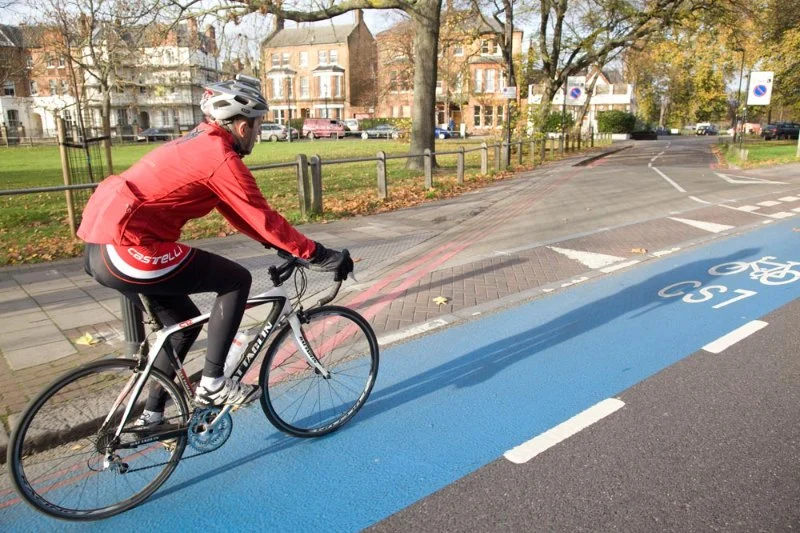
How to Choose Tube Size and Pressure for Different Road Surfaces
- 1-Understanding Tube Size and Pressure
- 2-Importance of Road Surfaces in Choosing Tube Size and Pressure
- 3-How Tube Size Affects Performance
- 4-How Tire Pressure Affects Performance
- 5-Choosing the Right Tube Size for Different Road Surfaces
- 6-Choosing the Right Tire Pressure for Different Road Surfaces
- 7-Where to Buy Tubes and Tires for Optimal Performance
1-Understanding Tube Size and Pressure
When cycling, one of the most critical factors that affect your performance and comfort is the right tube size and tire pressure. Getting the right fit and pressure for your bike's tubes and tires ensures that you maximize efficiency, minimize the risk of punctures, and optimize your cycling experience.
Tube size and pressure are crucial elements for the overall ride quality, especially depending on the type of surface you’ll be riding on. Whether you’re navigating smooth asphalt or rough gravel paths, the correct tube size and tire pressure will help ensure a smooth ride while reducing wear and tear on your equipment.
2-Importance of Road Surfaces in Choosing Tube Size and Pressure
Different road surfaces—such as asphalt, gravel, and off-road trails—require varying tire and tube configurations to achieve optimal performance. The type of terrain you encounter dictates the tube size and pressure that will be most effective. Here’s why:
- Smooth Surfaces (Asphalt): On smooth, paved roads, you’ll want a tube with lower pressure to reduce rolling resistance. This helps increase speed and efficiency for long-distance rides.
- Rough or Uneven Surfaces (Gravel or Trails): For rough or uneven terrains, higher pressure is typically recommended for greater stability and durability. This helps prevent punctures and ensures better control on bumpy surfaces.
- Off-Road (Mountain Biking): When riding off-road, such as on mountain trails, you’ll need a tube that can absorb shocks and withstand obstacles. A lower pressure is often preferred for better grip and shock absorption.
Understanding how road surfaces affect the required tube size and pressure will help you make an informed choice for your bike’s setup, whether you’re commuting, racing, or going off-road.
3-How Tube Size Affects Performance
The size of your bike tube plays a critical role in your ride’s comfort, speed, and overall handling. Tube size affects the tire’s fit on the rim, the level of air it can hold, and how the tire interacts with the road. Here are the key points to consider:
- Fit: The tube must match the tire’s width to ensure a proper fit. If the tube is too large or too small, it can lead to issues such as tire blowouts or poor traction.
- Air Volume: A larger tube can hold more air, which is typically beneficial for more comfort on rough roads, whereas a smaller tube may provide a firmer ride and more speed.
- Weight: Lighter tubes generally provide less rolling resistance and are ideal for road cycling. Heavier tubes might offer more durability for off-road conditions but can affect performance on smoother surfaces.
Choosing the right tube size will directly impact your cycling experience. Ensure that the tube size matches the tire’s specifications for optimal performance and safety.
4-How Tire Pressure Affects Performance
Tire pressure is just as important as tube size when it comes to optimizing performance. The right pressure can drastically affect your bike’s handling, comfort, and overall speed. Here’s how:
- Lower Pressure: Lower tire pressure provides more traction and cushioning, which is ideal for rough terrain, gravel roads, and off-road trails. It helps absorb shocks and reduces the risk of punctures.
- Higher Pressure: Higher pressure reduces rolling resistance and improves speed on smooth surfaces like asphalt. It can help you achieve a more efficient ride on long-distance road rides but can also lead to a bumpier ride on uneven surfaces.
- Optimal Pressure: Finding the sweet spot—optimal tire pressure for your bike and riding style—is crucial. This balance ensures that you get the best of both worlds: efficiency on smooth roads and comfort on rougher terrains.
Tire pressure varies depending on your body weight, bike type, and the terrain. It’s important to check your tire pressure regularly and adjust it according to the type of ride you’re planning.
5-Choosing the Right Tube Size for Different Road Surfaces
Choosing the right tube size is key to maximizing performance and comfort for different road surfaces. Here’s a breakdown of how to select the best tube size for specific surfaces:
- Smooth Roads (Asphalt): A thinner tube with a narrower width works well on smooth roads. This reduces the rolling resistance, making it easier to maintain speed and efficiency.
- Gravel Roads: For gravel roads, opt for a wider tube that can accommodate slightly lower pressure. This helps provide better traction and a more comfortable ride over rough, uneven terrain.
- Mountain Trails: On mountain trails or very rough terrain, a larger, thicker tube with lower pressure is essential to absorb shocks and reduce the risk of punctures.
Be sure to consult your bike’s specifications to choose a tube size that matches the tire and provides the most comfortable and efficient ride for the specific surface you're cycling on.
6-Choosing the Right Tire Pressure for Different Road Surfaces
Tire pressure directly impacts your bike’s handling and performance on various road surfaces. Here’s a guide on how to choose the best tire pressure for different terrains:
- For Smooth Roads: On paved roads, aim for higher tire pressure—typically between 80 and 130 PSI—depending on your bike type. Higher pressure reduces rolling resistance and increases speed.
- For Gravel or Rough Terrain: Lower pressure, around 40 to 60 PSI, provides better grip and a smoother ride over gravel or rough surfaces.
- For Mountain Biking: On rugged trails, aim for pressures between 30 and 40 PSI. This allows for maximum shock absorption and better traction in off-road conditions.
Always adjust tire pressure to match your weight, riding style, and terrain. Regularly checking and adjusting your tire pressure ensures an optimal cycling experience, no matter where you ride.
7-Where to Buy Tubes and Tires for Optimal Performance
To ensure the best performance and comfort, it’s essential to purchase quality tubes and tires that match your bike and riding conditions. Here are some recommended places to find the best tubes and tires:
- Cycling Specialty Shops: Local cycling shops provide a wide range of tubes and tires suited for all types of cycling. They offer expert advice to help you choose the right size and pressure for your needs.
- Online Retailers: Websites like Cycling Guider offer a comprehensive selection of tubes and tires for all terrains, with the convenience of browsing and purchasing online.
- Bike Manufacturers: Check with your bike manufacturer for recommended tire and tube sizes. They often offer quality parts designed specifically for your bike model.
Purchasing from trusted sources ensures that you get high-quality tubes and tires that will help optimize your performance and keep you safe while cycling.



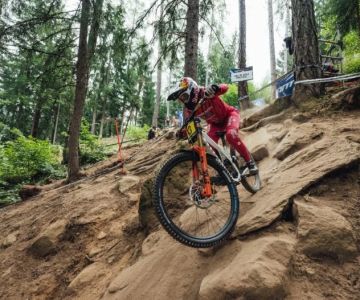
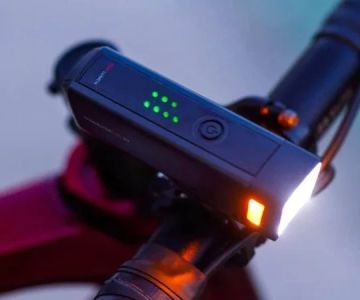
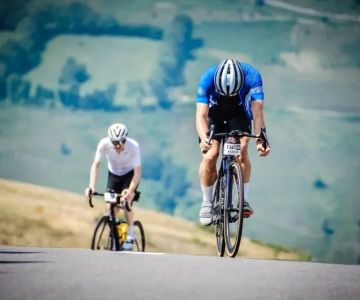
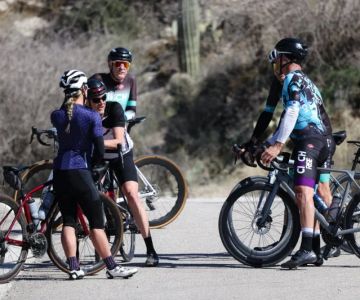
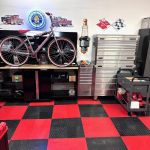 Billet BMX5.0 (2 reviews)
Billet BMX5.0 (2 reviews)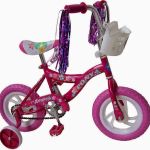 Far East Children Bicycle Factory1.0 (1 reviews)
Far East Children Bicycle Factory1.0 (1 reviews) Archer Motorsports, Inc.4.0 (8 reviews)
Archer Motorsports, Inc.4.0 (8 reviews) YEP Bike Works4.0 (55 reviews)
YEP Bike Works4.0 (55 reviews) Gorham Bike & Ski4.0 (498 reviews)
Gorham Bike & Ski4.0 (498 reviews)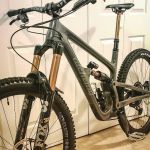 Alchemy Bikes4.0 (37 reviews)
Alchemy Bikes4.0 (37 reviews) How to Teach Kids to Ride a Bike: A Step-by-Step Guide for Parents
How to Teach Kids to Ride a Bike: A Step-by-Step Guide for Parents Tips for Riding on Busy City Streets: Smart Strategies for Urban Cyclists
Tips for Riding on Busy City Streets: Smart Strategies for Urban Cyclists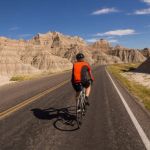 Best US National Parks for Mountain Biking: Ride Epic Trails Across America
Best US National Parks for Mountain Biking: Ride Epic Trails Across America Best Aero Helmets for Time Trials and Racing
Best Aero Helmets for Time Trials and Racing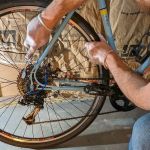 How to Clean and Lubricate Your Bike Chain Like a Pro
How to Clean and Lubricate Your Bike Chain Like a Pro 10 Must-Have Items for Long-Distance Cycling Trips
10 Must-Have Items for Long-Distance Cycling Trips